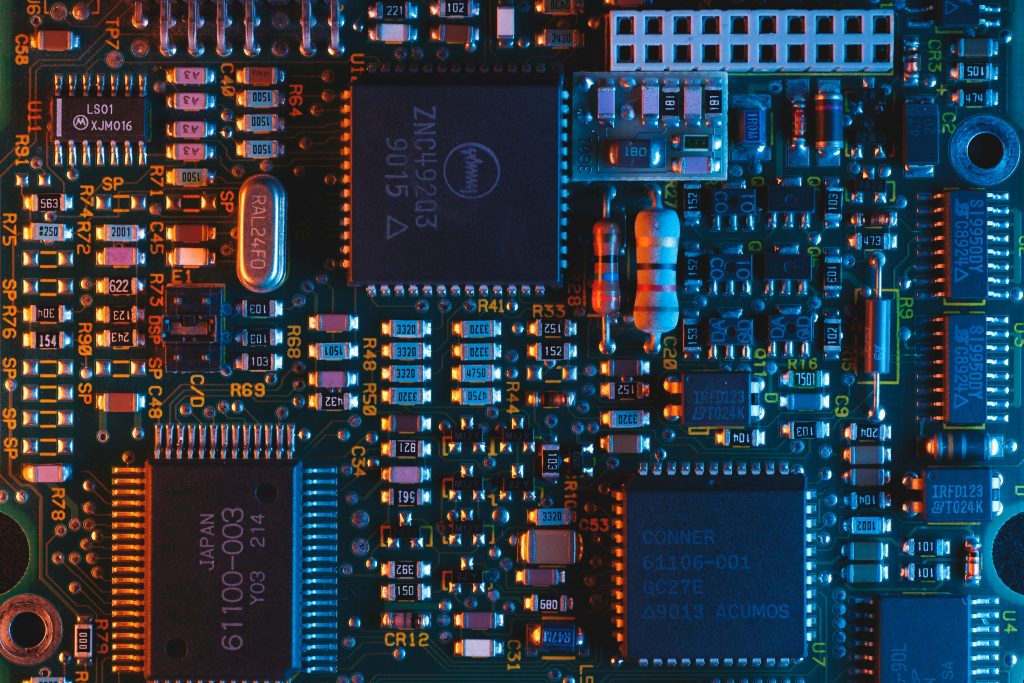Nvidia and AMD to Hand Over 15% of China AI Chip Sales to U.S. Government


Nvidia and AMD have agreed to remit 15% of their AI chip sales revenue in China directly to the U.S. government — a move coming less than two months after Washington eased certain semiconductor export restrictions to the Chinese market.
The agreement covers Nvidia’s H20 and AMD’s MI308 chips, both now mandatory for securing export licenses. These chips are lower-spec versions of the cutting-edge designs currently leaving U.S. production lines, in line with new rules requiring reduced performance for exports to China. While the deal reopens access to one of the world’s most lucrative computing markets, it also imposes a steep cost: an unprecedented 15% top-line tax on sales.
For Nvidia, China has represented tens of billions of dollars in potential annual revenue. This levy will compress profit margins significantly, functioning as an unconventional tax that funnels revenue directly to Washington. U.S. officials present the policy as a balancing act — allowing American firms to maintain market presence while keeping oversight over advanced semiconductor flows and generating a new federal revenue stream.
Yet the arrangement raises broader strategic questions. Even with performance caps, these chips could bolster China’s AI and computing capabilities, narrowing the technological gap with the U.S. over time. In effect, Washington has sanctioned continued sales of second-tier performance chips while safeguarding the most advanced designs. The move reflects a recognition that China has already established itself as the world’s second-largest player in the sector, leveraging domestic innovation and possibly indirect external inputs.
U.S. policymakers now appear to be wagering that maximizing tax revenue from these sales will help fund America’s push into the absolute cutting edge of semiconductor technology. Whether this unconventional strategy will succeed will likely become clear only over the next year or more.
Ultimately, the decision underscores a shift in the global AI trade — from straightforward market competition to a contested space where geopolitical strategy and financial engineering intertwine. The timing of the announcement, along with the possibility of renewed U.S.-China technology agreements, suggests these developments are part of a far more complex strategic play.
The post Nvidia and AMD to Hand Over 15% of China AI Chip Sales to U.S. Government appeared first on European Business & Finance Magazine.















































